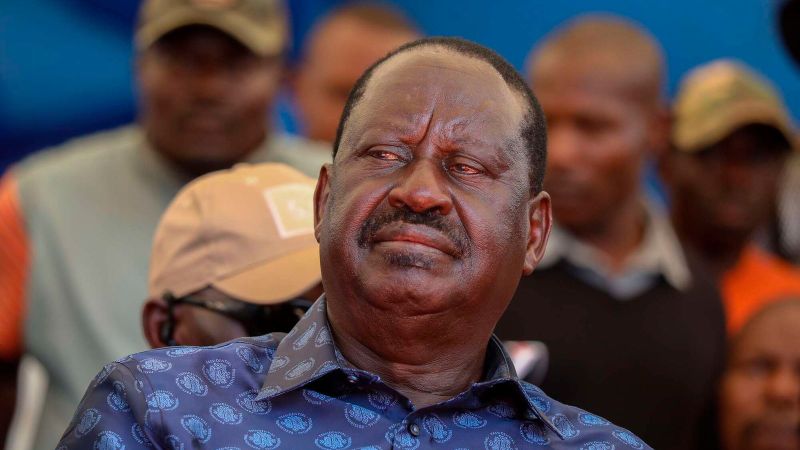It was towards November 1, 1991, when rumours that Raila Odinga could have fled the country turned out to be true. The government issued a statement revealing that the former Prime Minister of Kenya had fled to Uganda. According to the statement, the government was informed of his flight by Ugandan authorities after he had sought and been denied political asylum in that country.
Political asylum is a form of protection that countries usually grant to people who are fleeing persecution in their home country, and Raila, who by then had been detained thrice, was fleeing Kenya after being a vocal critic of the government. He was campaigning for the introduction of a multi-party system at a time when Kenya was a one-party state. The ruling Kenya African National Union (KANU) was the only permitted party, with Daniel Arap Moi serving as President following a 1982 constitutional amendment.
The former PM had teamed up with ex-cabinet ministers Kenneth Matiba and Charles Rubia (now deceased) and several human rights lawyers, including John Khaminwa and Gitobu Imanyara, among other activists, and had petitioned European Community envoys to withhold aid to Kenya until multi-party democracy was allowed and constitutional reforms enacted. For this, he was perceived as a threat to Moi’s administration and, at one point, had even been detained under security regulations that permitted indefinite detention without charge or trial for anyone deemed a threat to state security.
> Interview: Ida Odinga Talks About Raila’s Election Losses
After being denied asylum in Uganda, Raila was handed over to officials of the United Nations High Commissioner for Refugees (UNHCR) in Kampala. The Agence France-Presse reported that the Ugandan government handed him over to the UN Refugee Agency with a request that another country of asylum be found for him. “Raila Odinga will certainly not be allowed to stay here because there are indications that relations between Kenya and Uganda are now on the mend,” the news agency quoted a Ugandan government official as saying.
The news report also indicated that Raila’s asylum request was rejected because President Moi was planning to visit Uganda, and the two countries had agreed to cooperate to ensure peace and security along their common border.
Moreover, this development followed the signing of the Tororo Protocol by President Moi, President Yoweri Museveni of Uganda and President Ali Hassan Mwinyi of Tanzania in 1989, whereby each country undertook not to harbour or give support to dissidents from the other.
Fortunately, Raila Odinga was adopted as a “prisoner of conscience” by the human rights organisation Amnesty International and found his way to Germany, where he continued lobbying the international community to support Kenya’s struggle for multipartism. His dream became a reality in December 1991 when Parliament repealed the one-party section of the constitution, paving the way for Kenya’s first multi-party elections in 1992.
> Raila’s Petrol Station Chain Expanding Across Kenya













Leave a comment